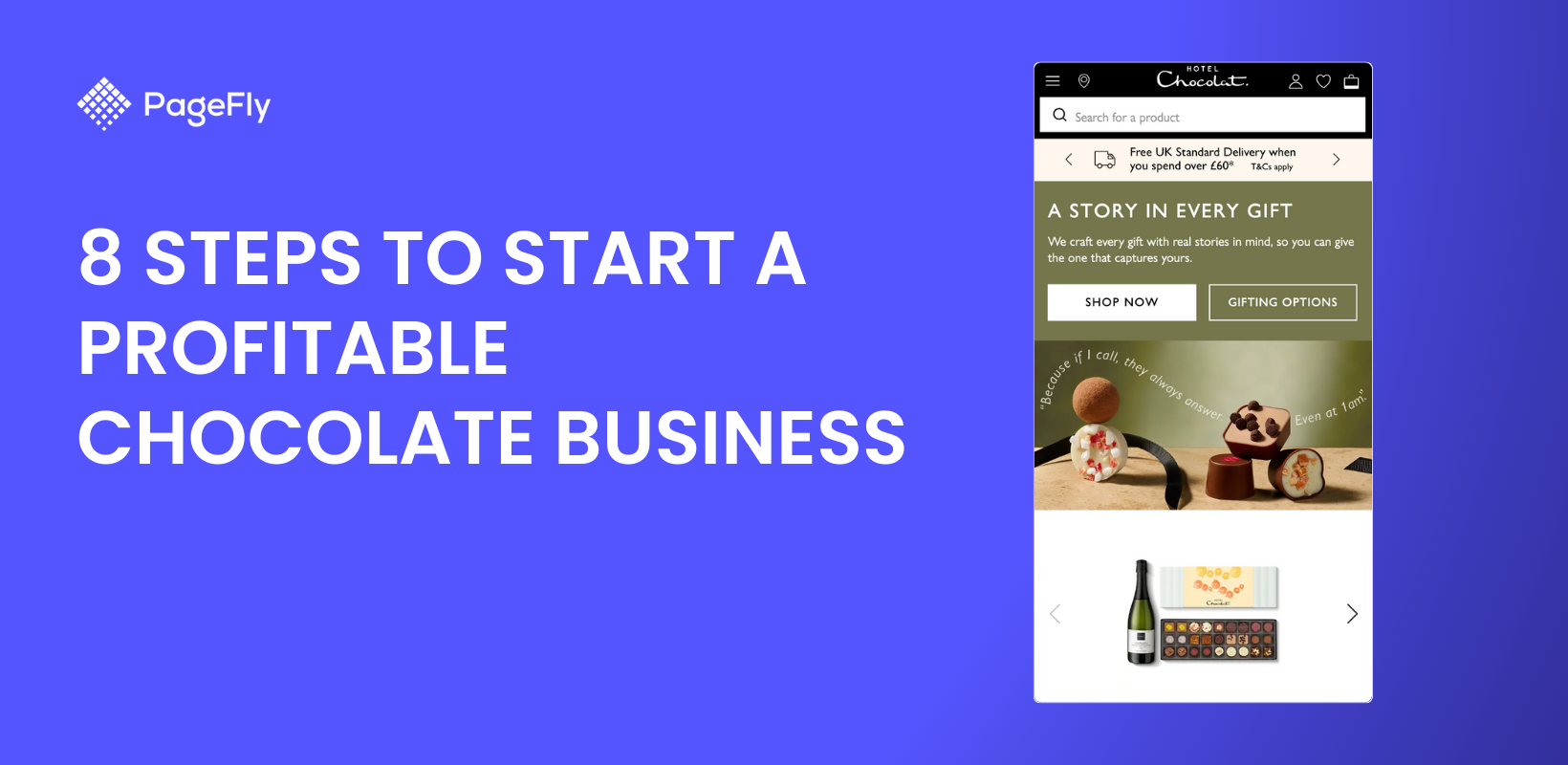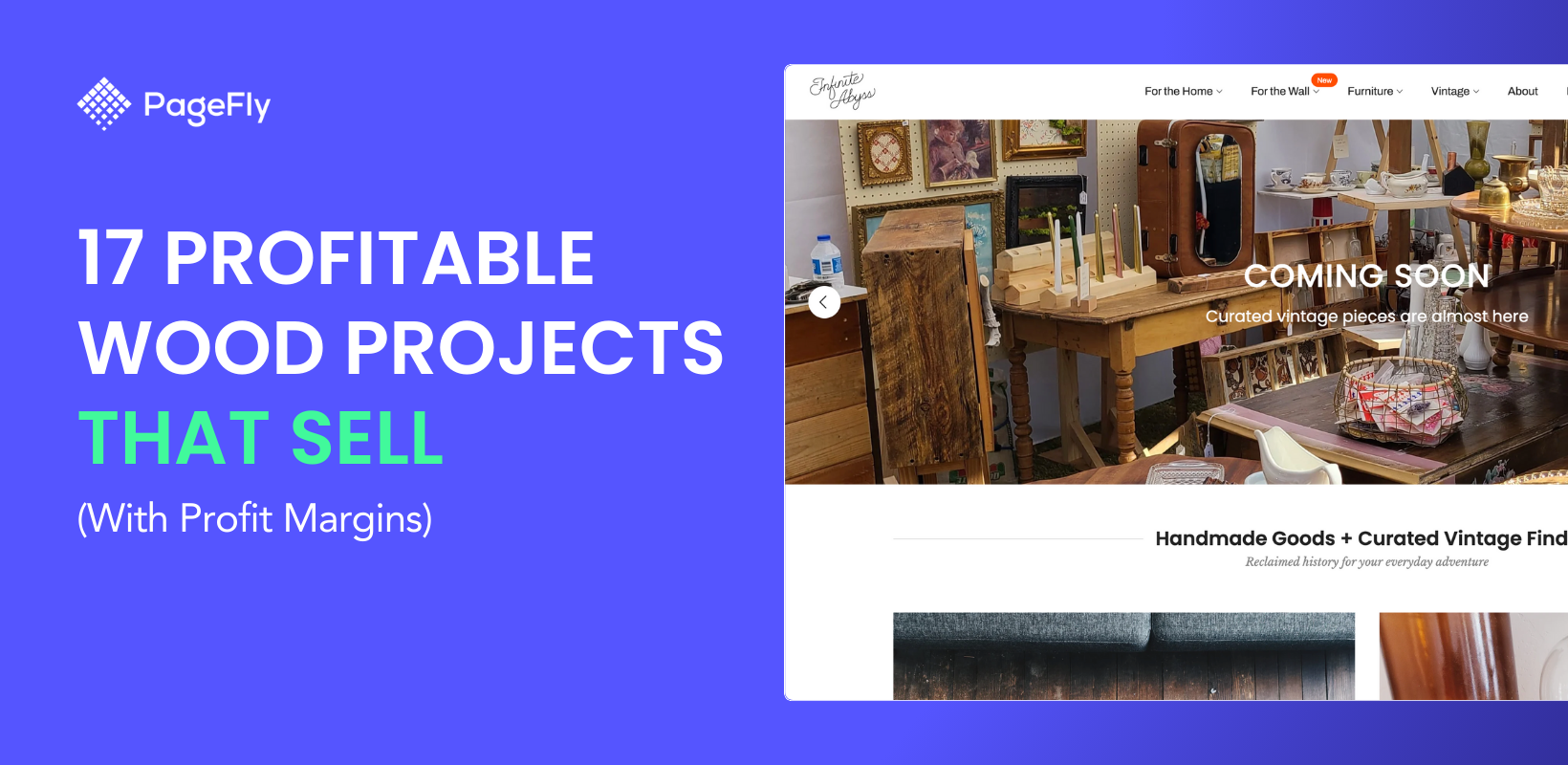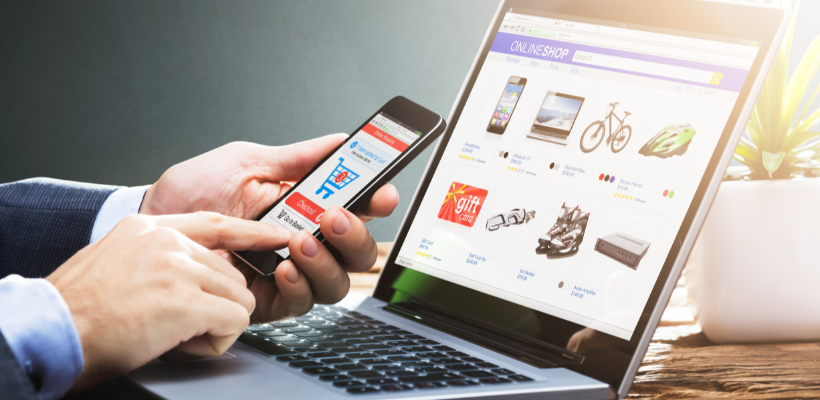One thing is certain: the consumer packaged goods (CPG) market has driven a lot of growth over the past two years, whether it be a new cereal, customized beverage, or even a stylish luxury body wash that customers just have to try.
Additionally, emerging CPG brands are making significant use of e-commerce.
Brands of consumer packaged goods can stand out with their online shopping experiences by focusing on personalization, convenience, community, and other factors. These encounters encourage customers to buy cereal online rather than in-store.
In this article, we define consumer packaged goods (CPG), list various product categories, and give illustrations of typical CPG.
What are CPG Brands?
Consumer packaged goods (CPG) brands are companies that manufacture and market a wide range of daily products that consumers use regularly and typically purchase frequently. The typical distribution channels for these products include supermarkets, convenience stores, online retailers, and more. Building strong brand recognition and customer loyalty is a common goal for CPG brands.
Consumer packaged goods (CPG) are goods that the average customer uses everyday and that need to be regularly replenished. Examples of CPG include food, beverages, clothing, tobacco, cosmetics, and household products.
CPG products typically generate low profits in exchange for high sales volumes due to the following reasons:
- Competition and Price Sensitivity: This competition often leads to price wars, as companies lower their prices to attract cost-conscious consumers.
- Example: In the soda industry, major players like Coca-Cola and PepsiCo compete fiercely, often engaging in price promotions and discounts to capture market share.
- Economies of Scale: While this reduces the cost of production per unit, it also means that profit margins may be lower to maintain competitiveness in pricing.
- Example: Companies like Procter & Gamble (P&G) produce household cleaning products in large quantities, reducing production costs but leading to lower profit margins per unit.
- Brand Loyalty and Marketing Costs: These costs can eat into profits even as they drive higher sales volumes.
- Example: Brands like Dove (owned by Unilever) spend heavily on advertising and promotion to maintain their market position in the personal care product industry.
- Consumer Expectations: Consumers have come to expect competitive prices and frequent promotions in the CPG sector.
- Example: Grocery shoppers often look for discounts and special offers when purchasing products like cereal or canned goods, leading manufacturers to maintain competitive pricing.
Despite the fact that consumer demand for CPGs largely remains constant, the CPG market is highly competitive, so companies often rely on advertising, brand recognition and customer loyalty to boost sales.
3 Types of Consumer Products
Consumer products are divided into various categories depending on their economic or marketing value.
Consumer goods can be categorized as either durable, nondurable, or pure services by economists. Durable goods are also referred to as slow-moving consumer goods (SMCG) because they are more expensive, last longer, and sell less quickly. Pure services include things like banking services, airline tickets, and auto repair services that a customer can use right away after making a purchase. CPG products are viewed as being non-durable.
Nondurable goods are convenience products or convenience goods. They are items that consumers use and purchase frequently. Customers purchase them without giving their options much thought. Due to how frequently consumers buy these items, the decision-making process is frequently brief. Convenience products include, for instance:
- Toilet paper
- Beverages
- Vegetables
- Cleaning products
- Frozen dinners
Examples of consumer packaged goods
The majority of people regularly purchase and keep packaged goods in their homes. Here are some instances of typical CPG nondurable products:
Food
Food items are in high demand, particularly foods that are a regular part of most people's diets, like fruits and vegetables. Food is frequently purchased by consumers, sometimes even daily, and they frequently make the same purchases.
Although consumers are frequently very interested in perishable goods, such as meat, vegetables, fruits, bread, and dairy products, they can be challenging to distribute and sell.
CPG food brands: Nestle, Unilever, Sysco

Beverages
Drinks like soda, energy drinks, sports drinks, and alcohol are in high demand because their businesses frequently rely on persuasive marketing strategies to win over customers.
CPG beverage brands: PepsiCo, Coca Cola, Monster Beverage
Clothes
Even though consumers purchase clothes less frequently than they do food or beverages, they are still considered nondurable goods. They don't require much thought and aren't single-use items. The two main target markets for clothing companies' products are comfort and fashion trends.
CPG clothing brands: Nike, Inditex, Adidas
Medication
Consumers purchase over-the-counter (CGP) medications, such as allergy or pain relievers, in advance of or as a result of existing medical conditions. A CGP is also a prescription drug, but access to it is limited because it needs a doctor's prescription. Bandages and medical tape are two examples of CPG in the field of healthcare.
CPG medical brands: The Procter & Gamble, Johnson & Johnson
Personal hygiene products
Marketers convince consumers to regularly buy personal hygiene products like toothpaste and deodorant because they encourage healthy habits. Shampoo, body wash, razors, and shaving cream are some additional personal care items that fall under the CPG category.
CPG hygiene brand: Colgate Palmolive
Cosmetics
Even though makeup products frequently have long shelf lives, experts still classify them as nondurable consumer goods.
CPG beauty brands: L'Oreal, Estée Lauder Companies
Cleaning items
Sanitation products are frequently and quickly used by consumers. Sanitation supplies are essential because they maintain and promote health, but there are many options available to consumers when purchasing them. Detergent, dish soap, mops, and furniture polish are a few examples.
CPG cleaning brands: Clorox, Lysol, Tide
Consumer Packaged Goods Statistics
The CPG industry is still one of the largest in North America, with a market value of about $2 trillion in 2022 and being led by well-known firms like Coca-Cola, Procter & Gamble, and L'Oréal, despite experiencing a slowdown in growth in recent years. It’s projected to expand at a compound annual growth rate of 2.98% to almost $2.5 trillion by 2028.
CPG vs. Retail Comparison?
Determining the relationship between retail and consumer packaged goods can be challenging.
Selling a product to a customer is the sole activity that is referred to as "retail" in the CPG sector.
The entire network required to produce a product and deliver it to the consumer is referred to as "consumer packaged goods," though. Manufacturing, shipping and logistics, marketing, and the retail division all fall under this network.
Quick read: What Are The Best Type of Retailers for New Business?
Many CPG companies of various sizes sell their goods through brick-and-mortar stores. For instance, Target carries both Lysol and Cocokind products.

Source: Cocokind
Many CPG brands are also selling through their own ecommerce channels as ecommerce keeps expanding and consumer behavior calls for greater flexibility and shopping options.
Take TULA Skincare as an illustration. To buy TULA products in person, visit physical stores like Sephora, Ulta, Nordstrom, or use their store locator to find one near you.

Source: Tula
On the other hand, this shift to ecommerce necessitates an improvement in the in-store experience for brands that heavily rely on physical retail to move their products.

Source: wearlively
LIVELY, a women's underwear company, offers a Fit Guide that makes it simple to shop for their products online. They have also created a pleasant in-store shopping experience with their Fit Sesh appointments.
Customers are encouraged to visit LIVELY IRL by offering helpful sizing appointments at a visually appealing store that matches their online shopping experience.

CPG vs. Durable Goods Comparison?
This distinction essentially comes down to usage and replenishment frequency. Which is:
- Consumer packaged goods refer to products that people regularly use and replenish (such as food, beverages, and cleaning supplies for the home).
- Durable goods refer to (often more expensive) items that consumers buy and replace less frequently (such as sofas, beds, and washing machines).
Due to the differences in the types of products that each category includes, CPG brands move product SKUs at a significantly higher rate than durable goods brands. CPG typically move more quickly than durable goods and are less expensive.
That said, because durable goods require a larger investment and higher price point than CPG, consumers typically spend more time researching them.
Learn CPG Branding Through Top 6 Major CPG Companies
These CPG companies (and their sub-brands) are probably familiar to you. They are the biggest competitors in this field. These businesses have a variety of sub-brands, sometimes spanning across different product categories, to diversify their revenue streams.
Here are some of the major CPG companies of consumer packaged goods in the world today:
1. Nestlé
Nestlé owns a variety of sub-brands within the food and beverage CPG space, including Nestlé Toll House Café KitKat, Nespresso, Stouffer’s, and more. Nestlé made $107 billion USD in revenue in 2022.
The instant coffee brand started selling its products in 1938. Their first factory was and still is in Switzerland creating products like single packets and full jars of dark roast, hazelnut, and classic decaf coffee.

Source: nescafe.com
Key Takeaway: Define your brand identity
Having a distinct and well-defined brand identity is crucial for developing a powerful consumer packaged goods brand. This can be accomplished by taking the necessary actions to help you identify your target market, choose your brand's values and mission, and develop a brand personality that appeals to your target market. For more knowledge of brand identity, you can read our guides to build brand equity.
2. The Procter & Gamble
Proctor & Gamble is a significant CPG player and is not the least. From household and laundry products to skincare and oral care, P&G owns a number of well-known brands in the personal care CPG sector. Pampers, Tide (laundry detergent), Charmin, Tampax, and other well-known brands are examples.
In 2023, P&G reported $82 billion in revenue.

Source: us.pg.com
Key Takeaway: Define your brand's mission and values
When you define your brand values and mission, you create a roadmap for your brand. You're establishing a unique sense of direction and goal for yourself and your team. Making decisions about product development, marketing strategies, and customer service can benefit from this.
3. Pepsico
PepsiCo generated $86.4 billion in revenue in 2022 and is the owner of several well-known CPG food and beverage brands, including Mountain Dew, Tostitos, Rold Gold, Sabra, and others.
During the pandemic, PepsiCo launched its two direct-to-consumer websites to create a safe and convenient means of product distribution.

Source: pepsico.com
Key Takeaway: Analyze your competition
You can learn more about what your competitors are doing well and where they are lacking by analyzing what they are doing. This can assist you in finding chances to distinguish your CPG brand and develop a stronger value proposition. For instance, you might put more emphasis on quality if you see that your rivals are concentrating on price. Or, if they're all using the same packaging designs, you might try something more striking and distinctive.
4. Red Bull GMBH

Source: redbull.com
Along with selling consumable goods, the energy drink distributor Red Bull also hosts extreme sporting events, creates TV shows, and sponsors numerous athletes. The company sold 11.9 billion Red Bull cans globally in 2022.

Source: redbull.com
5. Unilever
Food, beverage, and household product brands under the umbrella of Unilever are numerous. The CPG giant increased its revenue by 2% from 2021 to $63.29 billion in 2022. Ben & Jerry's, Dove, Seventh Generation, and other brands are all included in the Unilever brand portfolio.

Source: unilever.com
Key Takeaway: Create buyer personas and identify your target market
In essence, a buyer persona is a fictionalized version of your ideal client. You can better understand the needs, preferences, and behaviors of your audience by developing thorough personas that represent various audience segments. This can assist you in creating messaging that is more relevant to them.
6. L'Oreal
Since 1909, the CPG company L'Oréal has owned numerous well-known beauty brands, including Garnier, Maybelline New York, Essie, and others. In 2022, L'Oréal reported sales of about $40.31 billion USD.
Aesop, a DTC brand that the company recently acquired, is an example of how branding and customer education are powerful tools for scaling brands.

Source: loreal.com
Key Takeaway: Conduct consumer research and market analysis
To do this, you'll need to gather consumer insights through market research. To do this, you must compile data on your target market's demographics, interests, behaviors, and pain points. By doing this, you can learn more about their motivations and priorities.
Conclusion
Consumer behavior is evolving along with the world's ongoing changes. CPG brands are relying on ecommerce and the opportunities it offers to stay relevant. In order to create experiences deserving of their brand, many forward-thinking brands are aiming to gain more control over the frontend layer of their websites.
In conclusion, creating and upholding a strong consumer packaged goods brand in the current market is a complex process. It requires in-depth market knowledge and analysis, painstaking creation of a distinctive brand identity, wise channel selection, and ongoing adaptation to changing consumer preferences and technological developments.





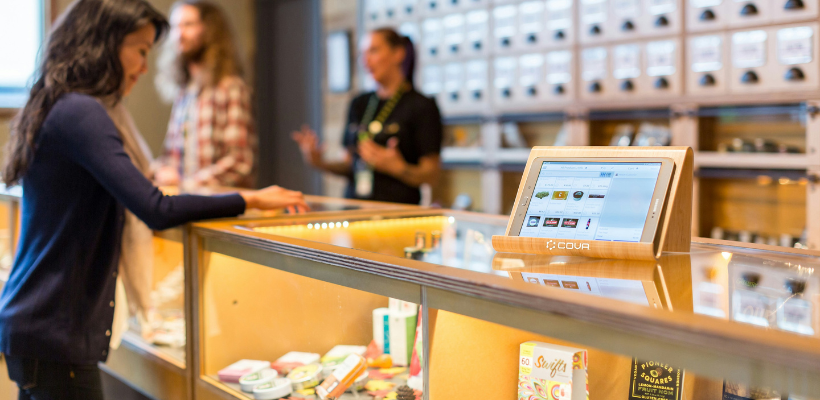

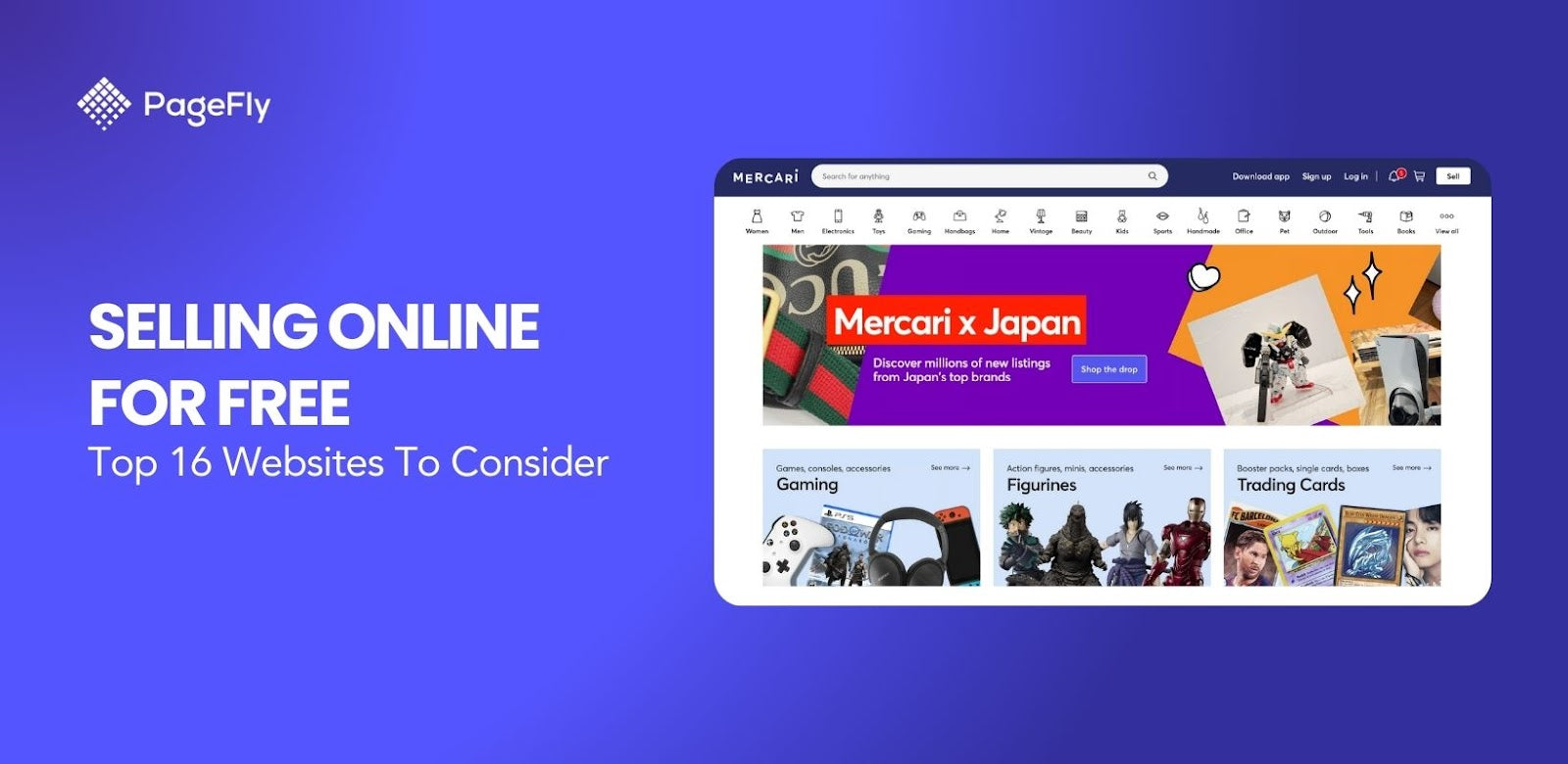
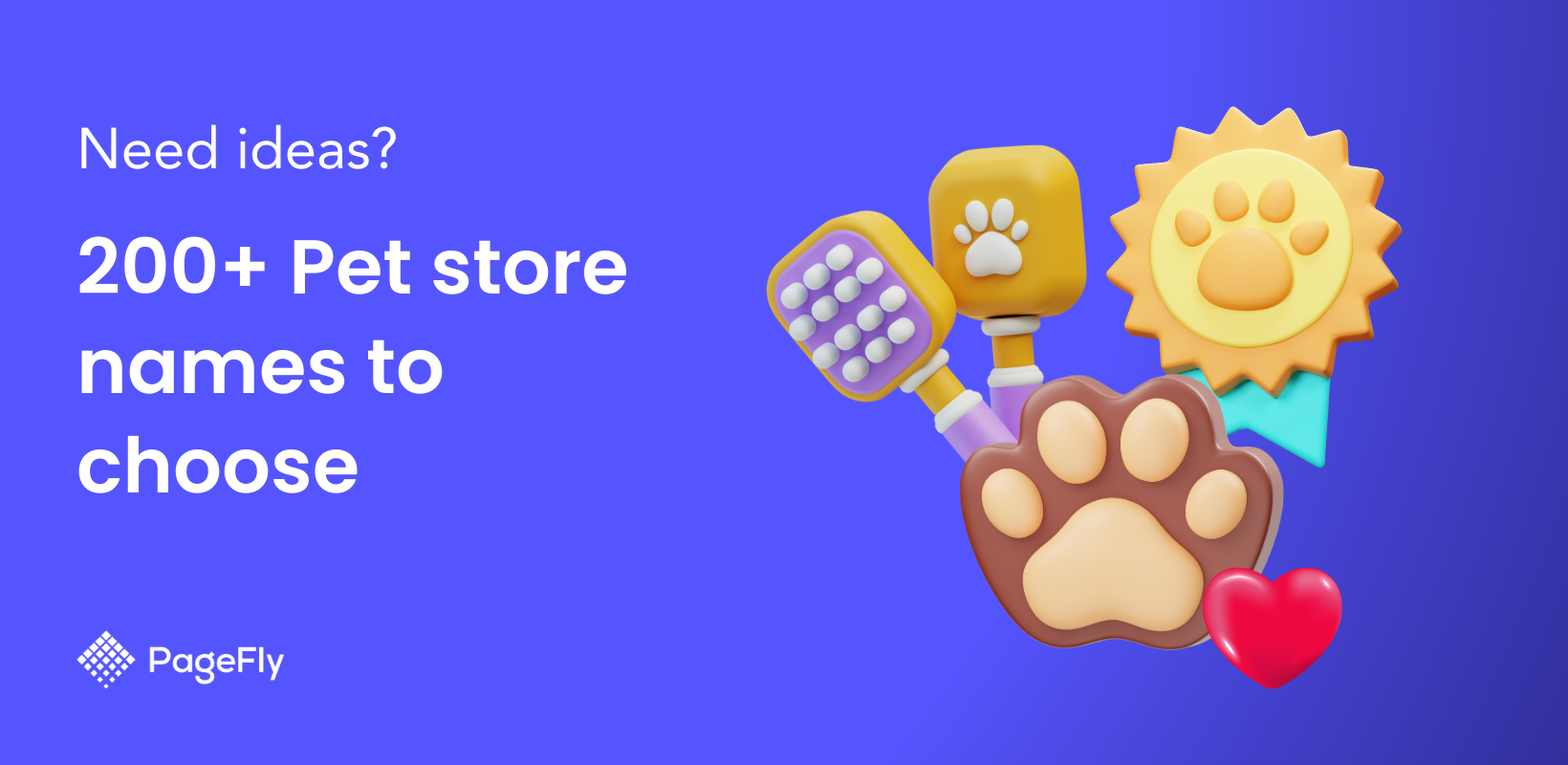
![14 Profitable Small Food Business Ideas for 2025 [Real Numbers]](http://pagefly.io/cdn/shop/articles/1_58b587d2-13db-4aa6-8c19-e40f5c88d3eb.jpg?v=1758255771&width=4460)
![Art Business Names: 350+ Ideas + Free Generator [2025 Updated]](http://pagefly.io/cdn/shop/articles/art_business_name_e94a54e9-d325-4ba3-94ab-7b4297952312.png?v=1760062968&width=1640)

